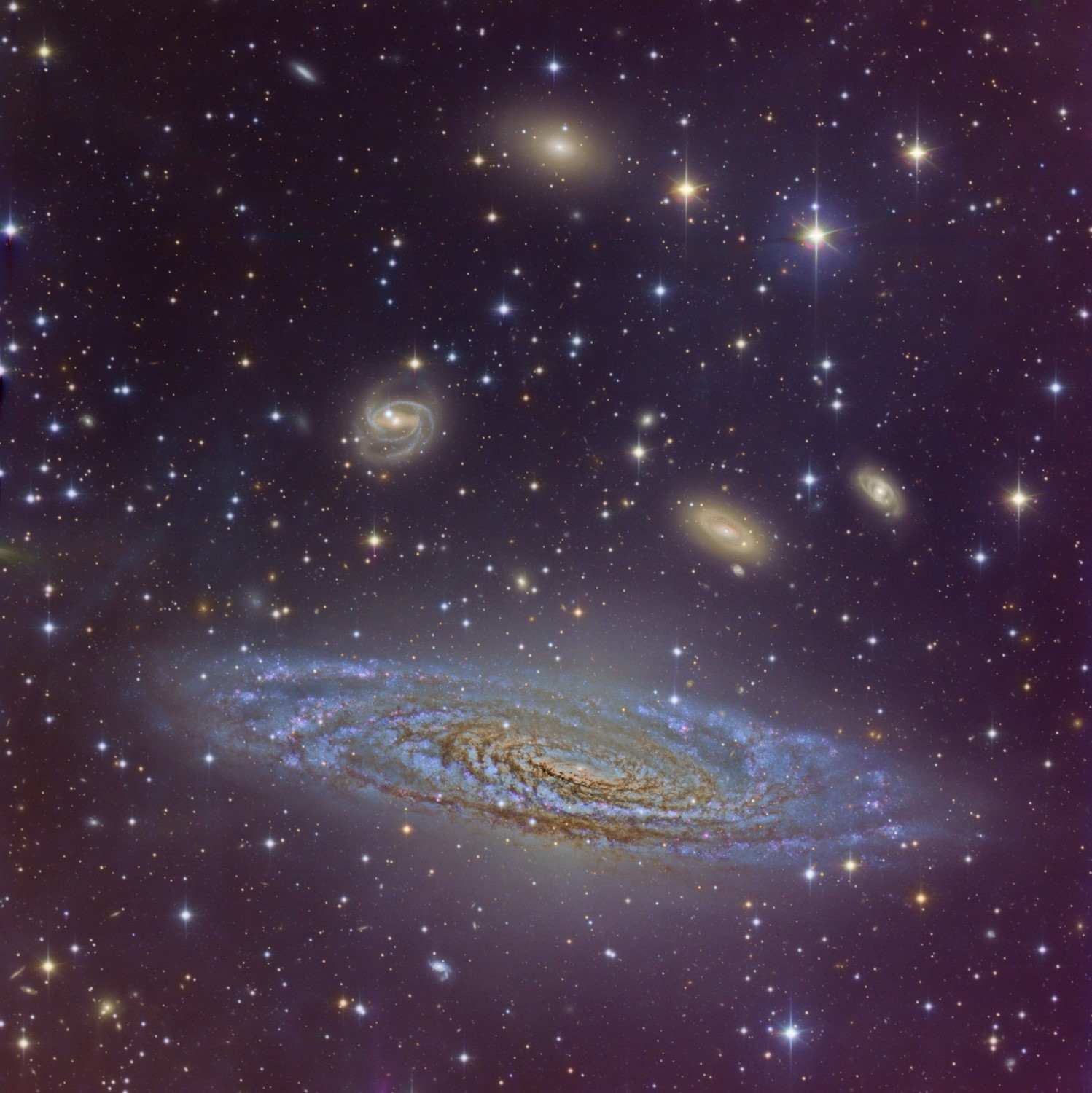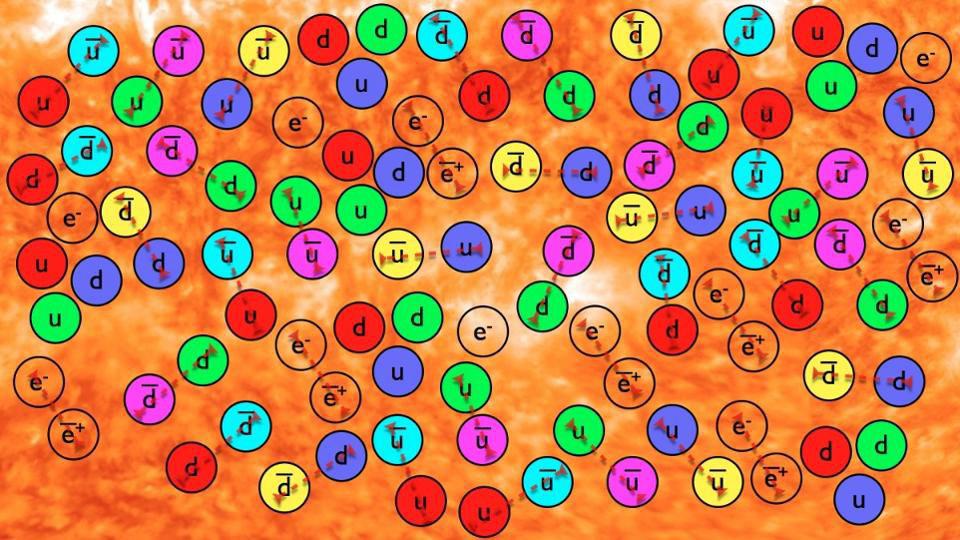Starts With A Bang podcast #79 – the far infrared Universe

- The Universe is filled not only with stars and galaxies, but with gas, dust, plasma, and all sorts of features that are invisible in optical light.
- Fortunately, we can look in both shorter (gamma rays, X-rays, and ultraviolet) and longer (infrared, microwave, and radio) wavelengths, with each "window" revealing its own unique details.
- Observing in the far-infrared at all is difficult, but we can make it happen, and can reveal so much by doing so. Here's where we are, today, on the cutting edge.
Every time we’ve figured out a different way to look at the Universe, going beyond the capabilities of our own meagre senses, we’ve opened up an opportunity to learn something new about what’s out there. Although optical astronomy and near-infrared astronomy are arguably the most popular ways to view the Universe, with James Webb soon to bring the mid-infrared Universe into view as never before, we shouldn’t forget about the value of other, more distant wavelengths of light.
One of the most fascinating sets of data that we can collect is in the far-infrared, where gas heated to just a few tens of Kelvin shines, but where much hotter, even ionized gas can emit very special hyperfine transitions. Mapping out these regions of space helps us understand what’s going on beyond mere star-formation or other violent events, and a series of remarkably specific observational techinques are, quite arguably, how we’re obtaining the most valuable information of all in this part of the electromagnetic spectrum.
Joining the Starts With A Bang podcast to help guide us through the topic of far-infrared astronomy is Dr. Jessica Sutter, an astronomer at NASA Ames who’s part of the USRA and who works with the SOFIA telescope, a one-of-a-kind far-infrared observatory that can do what no ground-based nor space-based observatory can. Have a listen, and I hope you wind up learning as much as I did!
Enjoy the Starts With A Bang podcast archives here!





